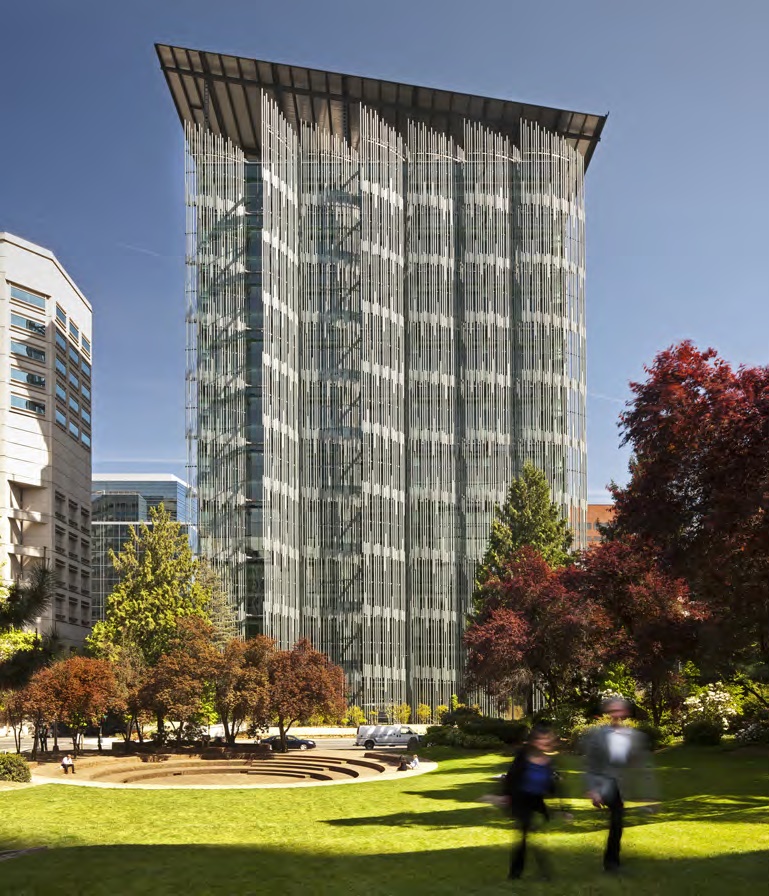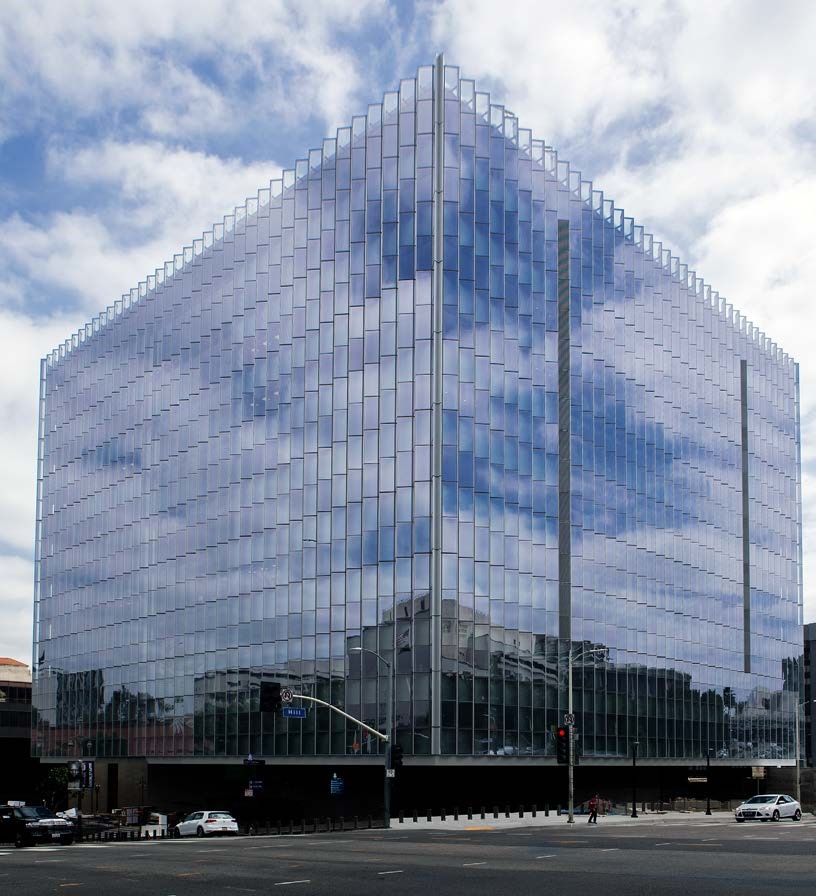
Planning and Engagement Processes
Project Executive
The Project Executive is responsible for developing strategic project goals and monitoring project performance. He/she is typically the senior member of the project team and is responsible for the success of the project. The Project Executive keeps the project aligned with the organization's long-term strategies and goals while governing project risks.
For category definitions and acronyms, see Collaborative Strategies for Project Teams.

Strong Leadership
Individual Behaviors

Successfully maintaining flexibility requires energy and passion as well as the ability to break others out of old routines and prevent them from slipping back into conventional roles. In the EGWW project, the GSA Project Executive initially filled that role, acting as a champion for the integrated process and flexible roles. As the project and relationships progressed, the entire core team embraced flexibility and collaboration. –EGWW, Role Definition & Accountability
Management and Logistics

Be involved in the subcontractor selection process. Although HSW selected the five first-tier subcontracts, the GSA had active input in finalizing the selection. After evaluating HSW’s recommendations, the GSA consented to HSW awarding contracts, conditional on re-evaluation during the design phase. Design-phase evaluation assured the GSA that the subcontractors selected offered the best value and had the technical capacities to put the documents together. –EGWW, Team Selection
Communication

Develop well defined roles and responsibilities of team members and communicate this to stakeholders. The GSA project executive clearly defined the roles and responsibilities of their team members to the tenants, which made for smooth and efficient communication between the tenants, GSA and project team. –Leland, Role Definition & Accountability
Tenant Engagement
Team Culture

While Clark and SOM had an extensive relationship prior to the project, tenants also took the lead in ensuring that the right people were on the job. When the building was announced as a design-build project, a lead tenant stakeholder went to meet with the GSA’s Commissioner of Public Buildings and asked him and the project executive to put together a national team of experts in design build. Tenant engagement was a priority for the Design-Build team and GSA. Judges, staff, and facilities managers were all engaged in the team selection. –LACH, Team Selection
Management and Logistics

The GSA project executive clearly defined the roles and responsibilities of their team members to the tenants, which made for smooth and efficient communication between the tenants, GSA and project team. They wanted the tenants to see a clear distinction between their roles and to know who to contact for specific project questions. They agreed that the onsite project manager would be introduced to tenants as the project manager, responsible for interfacing with the GSA building manager and GSA property manager, and responsible for any questions that tenants had about project issues occurring inside the property line. In contrast, the senior project manager was introduced to tenants as the program manager and clarified to tenants that she handled project issues occurring outside the property line. –Leland, Role Definition & Accountability
Commercial Strategies
Individual Behaviors

GSA’s project executive committed to keeping a team in place for the duration of the project. On the majority of the CMc’s other work, the architect and consultants disappeared from the project during the construction phase, spending only part time responding to field issues. Because of the commitment by the owner to support the project through its duration, the CMc was more willing to partner with the architect and engineers to both prioritize work and to let some of the work shift to later in the process because he was confident the integrated team would be there “together, feeling the day-to-day pains and rewards” for the duration of the project. –EGWW, Role Definition & Accountability



